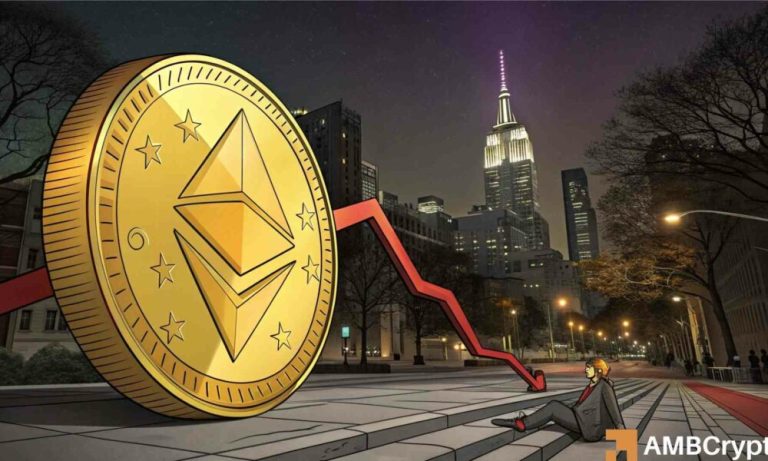
The Evolution of E-commerce by 2025
Introduction to E-commerce Evolution
The Evolution of E-commerce by 2025 has been a remarkable journey, and it continues to shape the way we shop online. With the rise of digital payments, online marketplaces, and social media platforms, the e-commerce industry has become a vital part of our daily lives. As we move towards 2025, it is essential to understand the trends and technologies that will drive the growth of e-commerce in the future.
The Rise of Artificial Intelligence in E-commerce
Artificial intelligence (AI) is becoming increasingly important in e-commerce, and by 2025, it is expected to play a crucial role in personalizing customer experiences, optimizing supply chain operations, and improving inventory management. AI-powered chatbots will become more prevalent, providing customers with instant support and helping businesses to reduce their customer support costs.
VIRTUAL REALITY AND AUGMENTED REALITY IN E-COMMERCE
Virtual reality (VR) and augmented reality (AR) are two emerging technologies that will revolutionize the e-commerce industry by 2025. These technologies will enable customers to experience products in a more immersive and interactive way, allowing them to try out products virtually before making a purchase. This will not only enhance the customer experience but also reduce the return rates and improve customer satisfaction.
Blockchain Technology in E-commerce
Blockchain technology is expected to play a significant role in e-commerce by 2025, particularly in terms of secure and transparent transactions. Blockchain-based systems will enable businesses to track their inventory, shipments, and supply chain operations more efficiently, reducing the risk of fraud and counterfeiting.
Conclusion
In conclusion, the evolution of e-commerce by 2025 will be shaped by emerging technologies such as artificial intelligence, virtual reality, and blockchain. As the industry continues to grow and expand, it is essential for businesses to stay ahead of the curve and adopt these technologies to remain competitive.






